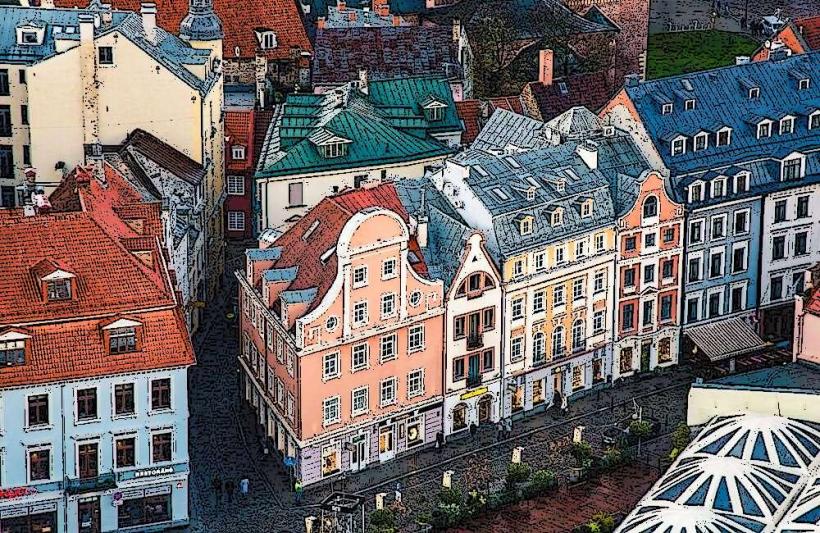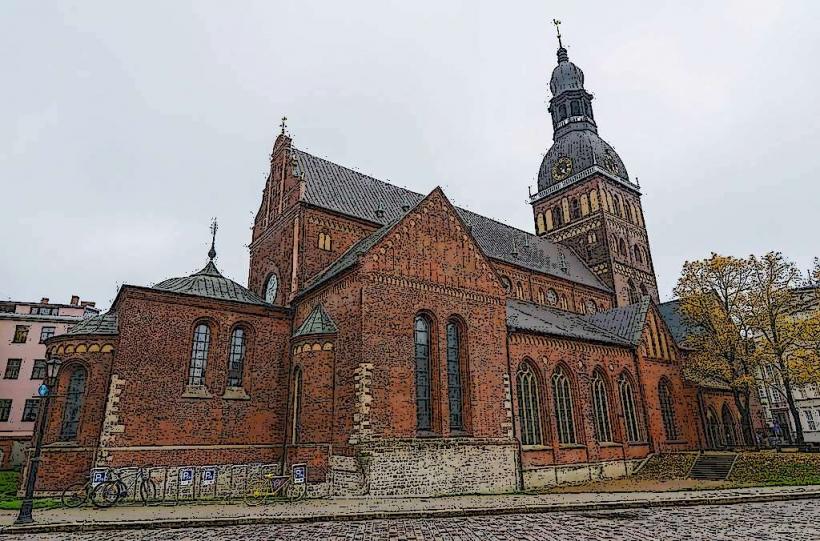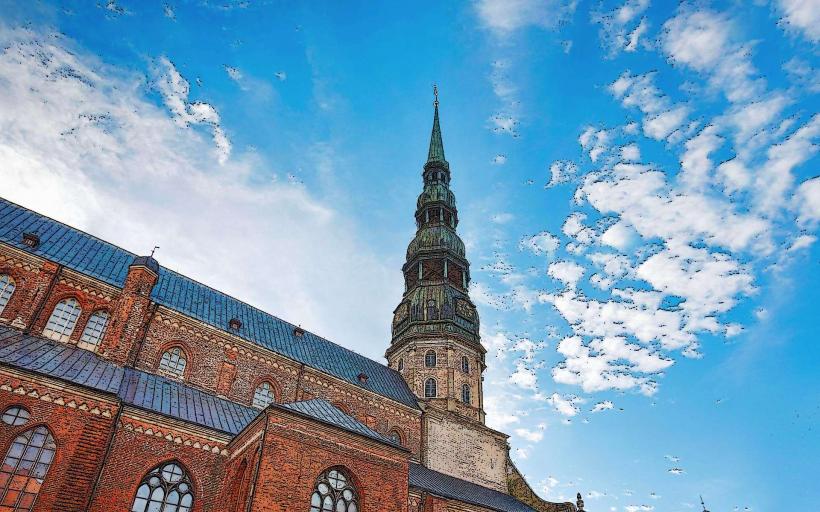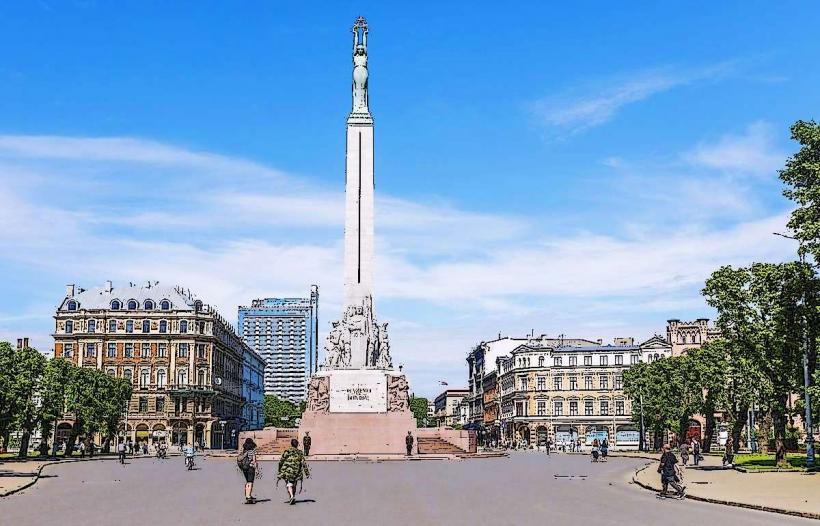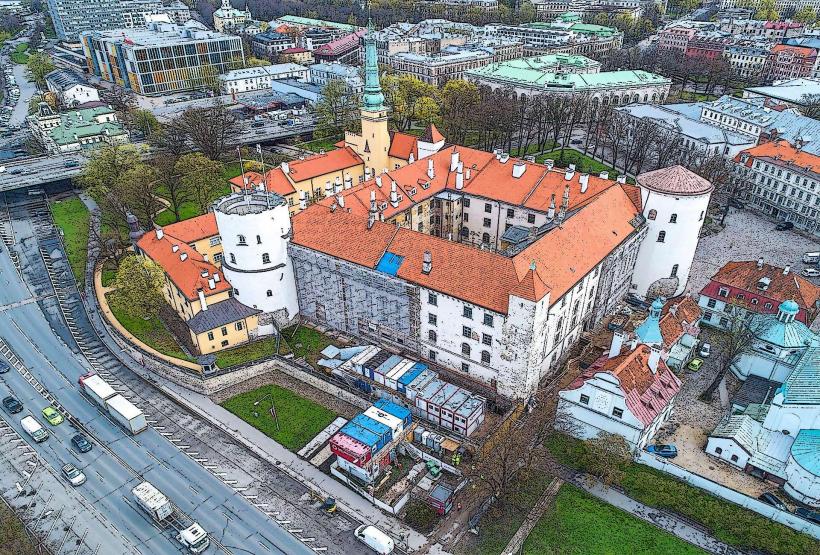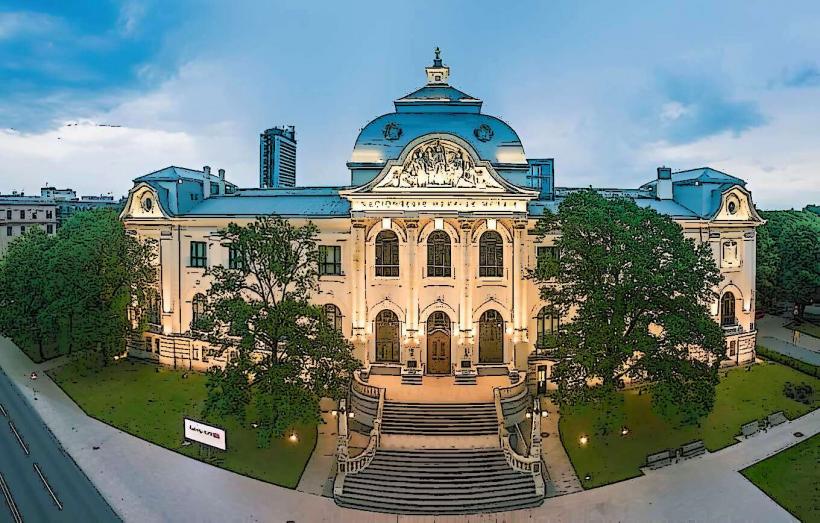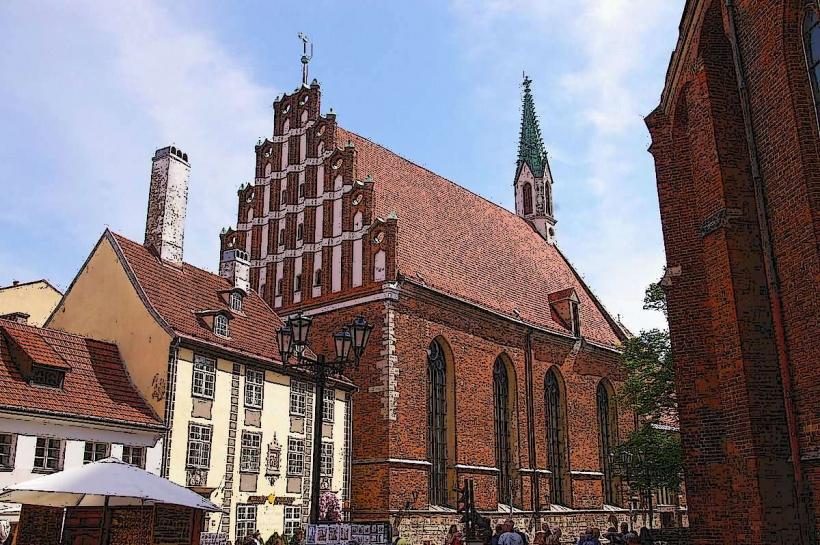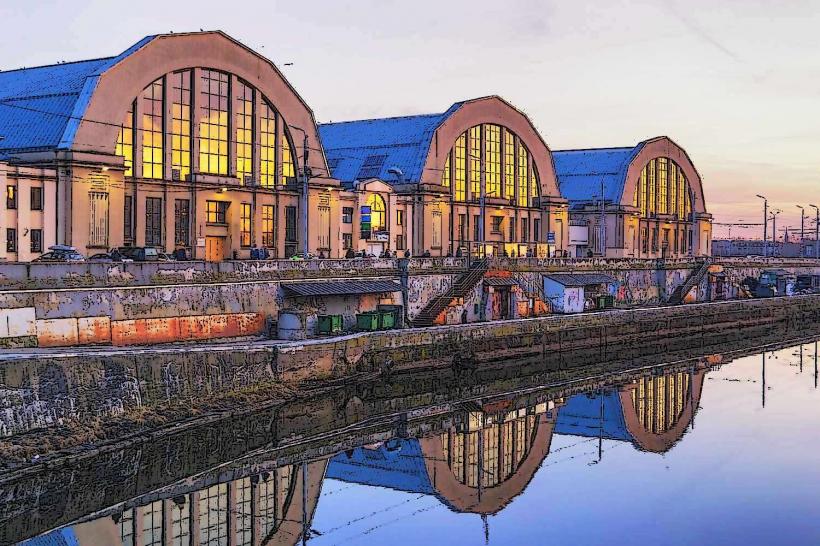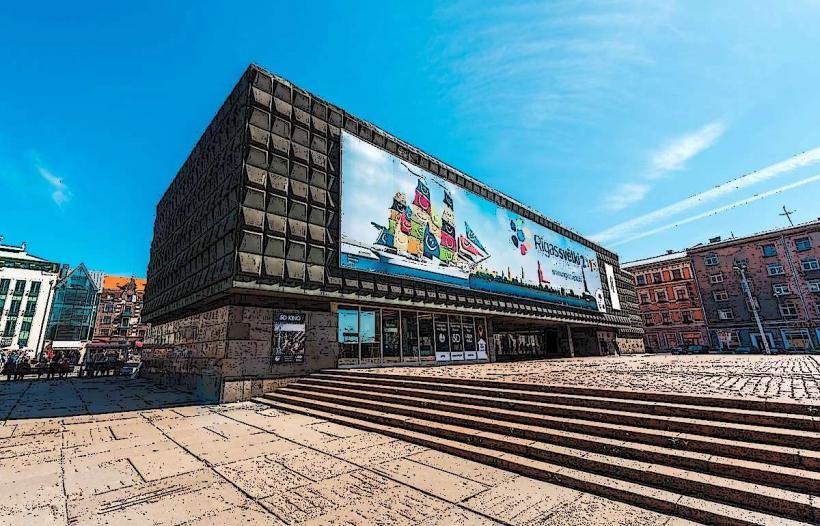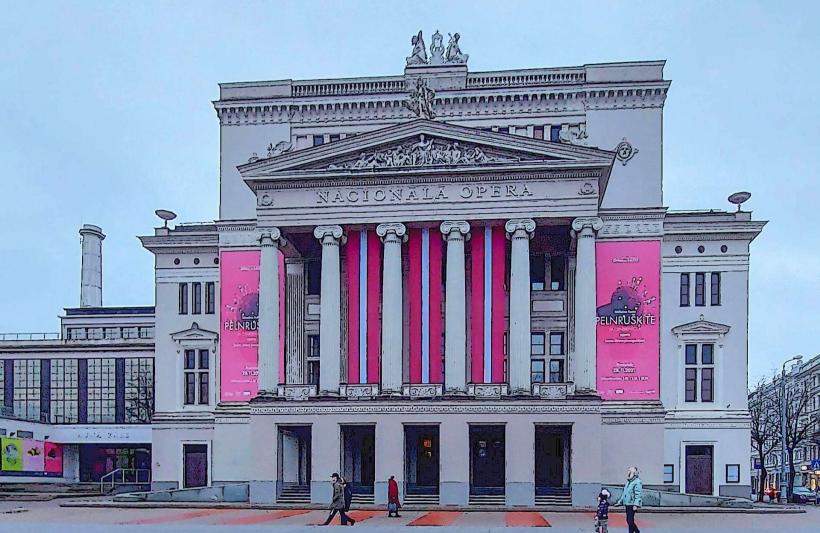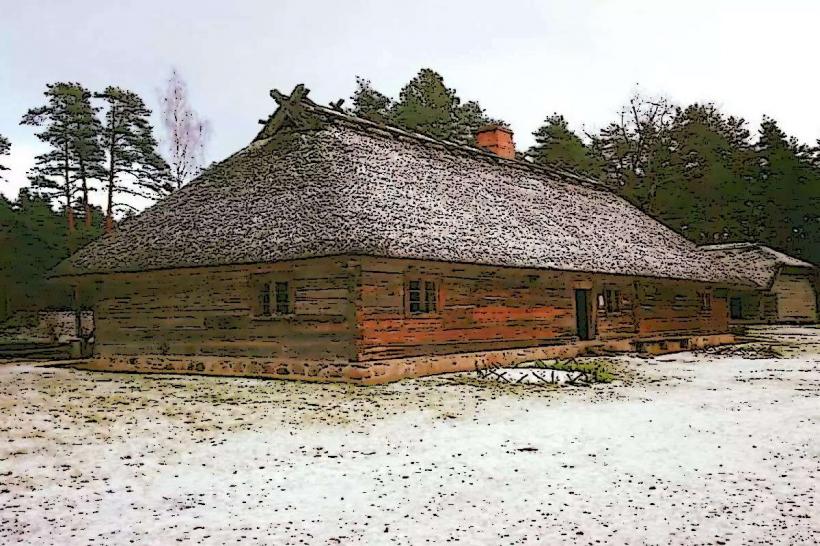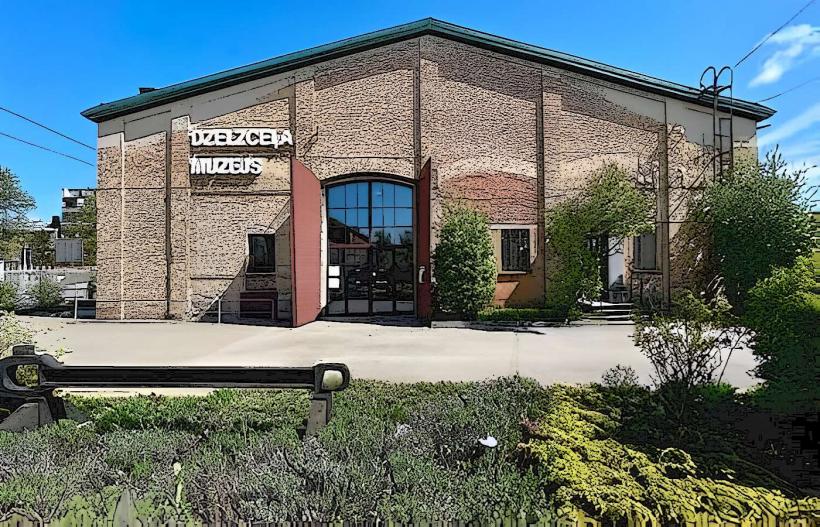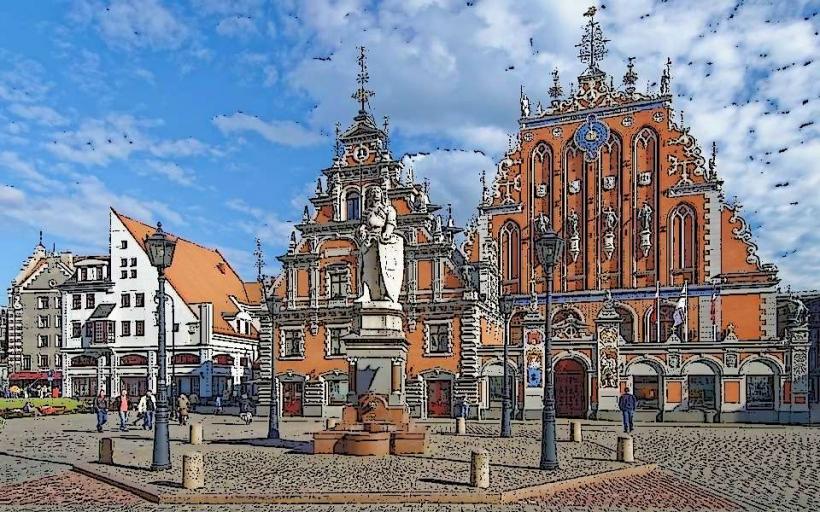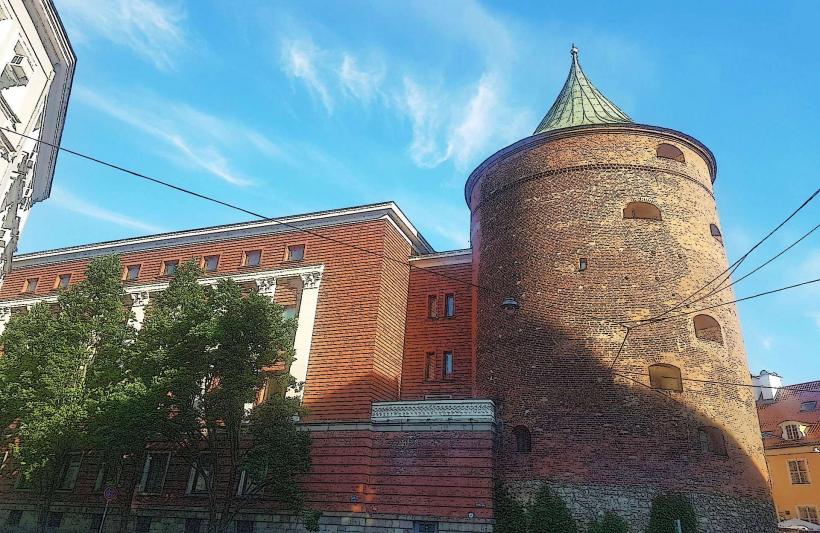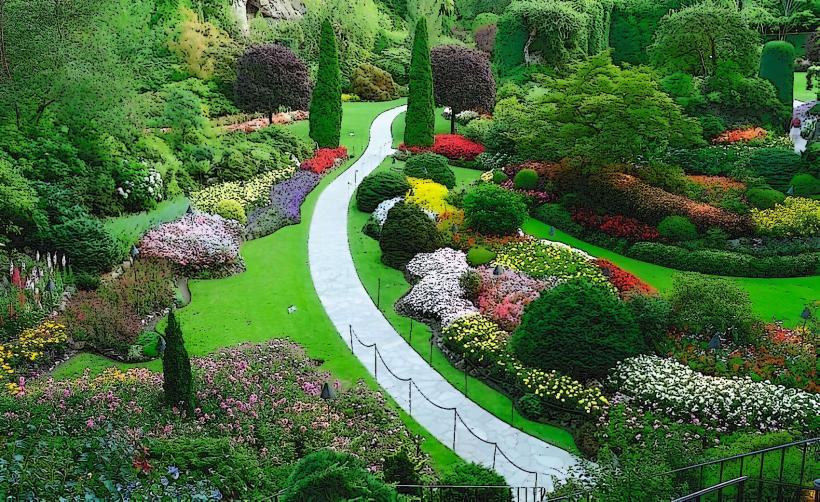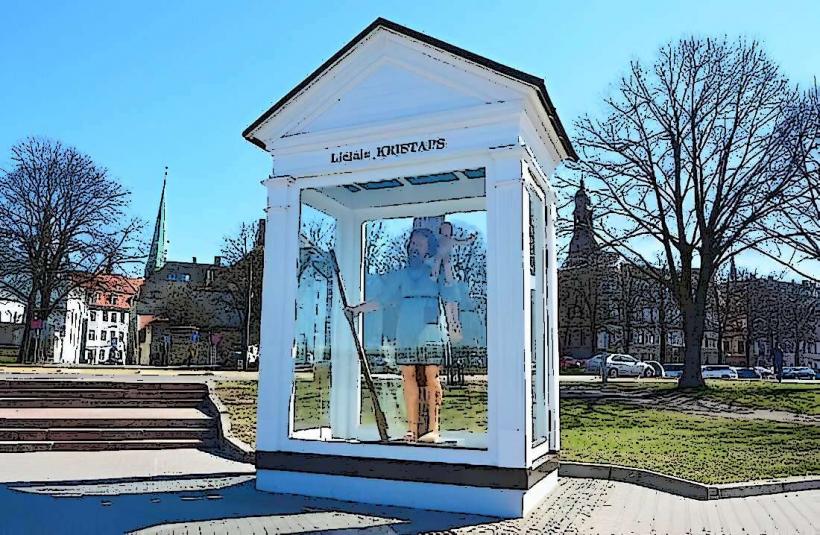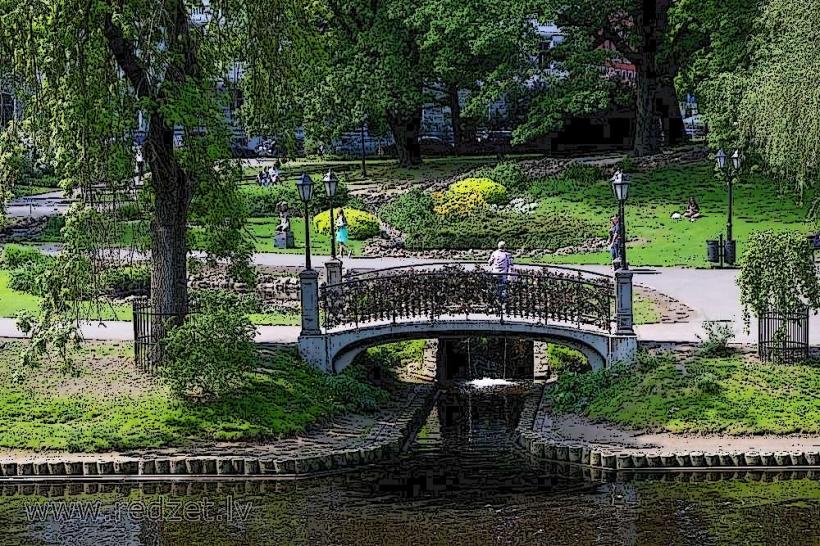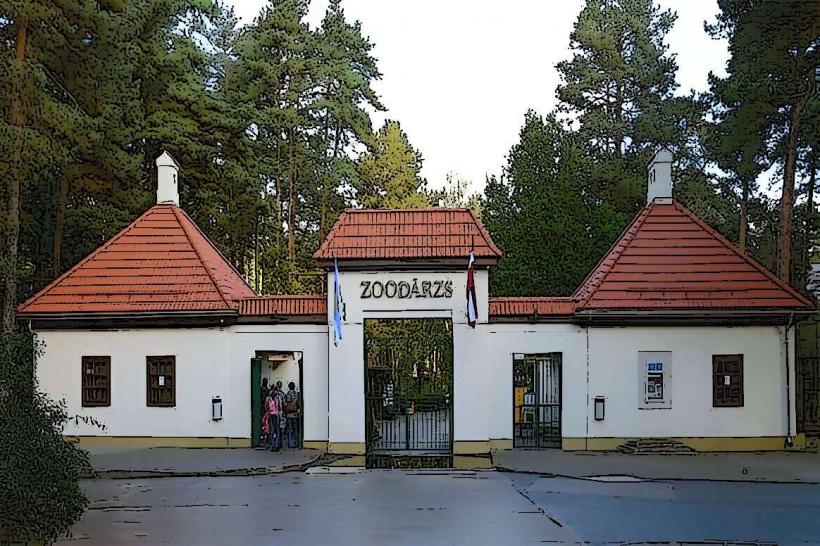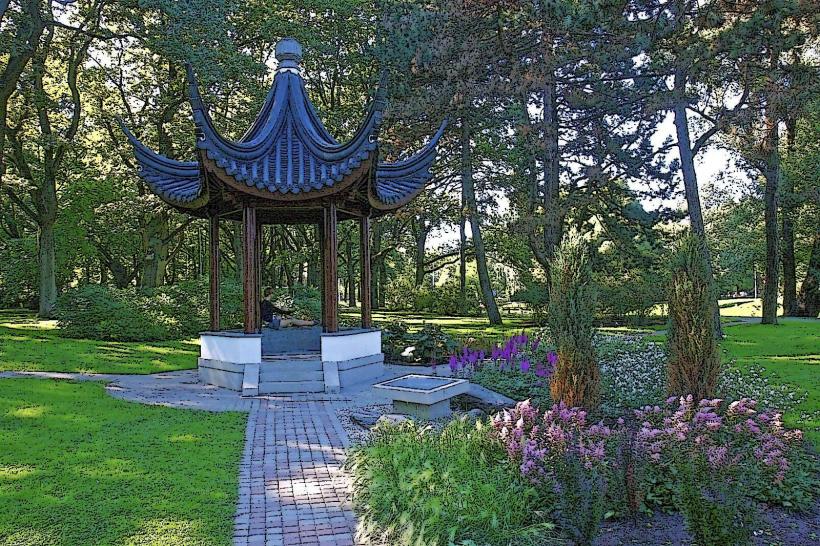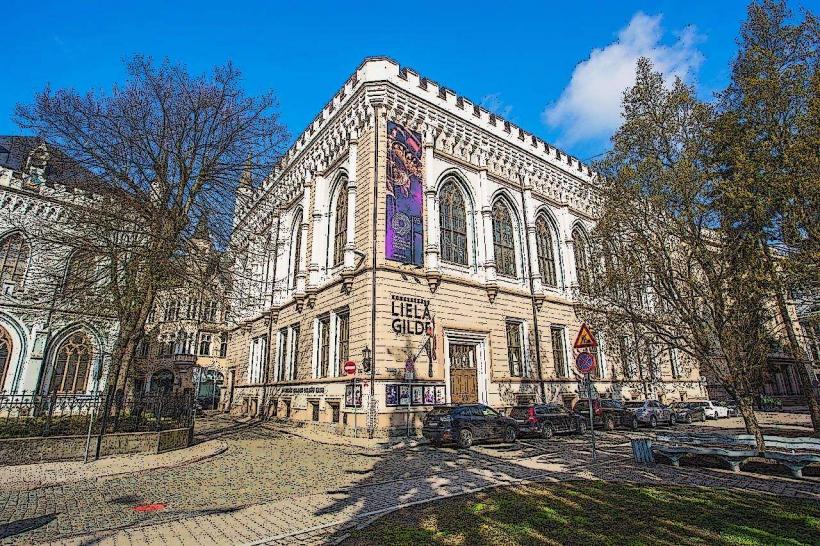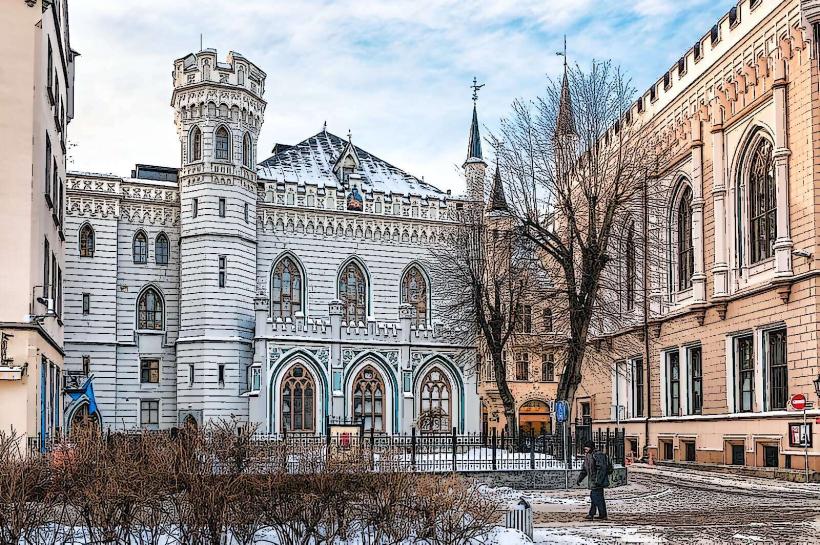Information
Landmark: House of BlackheadsCity: Riga
Country: Latvia
Continent: Europe
The House of Blackheads in Riga is one of the city's most iconic landmarks, with a rich history and stunning architectural beauty. Here is an in-depth look at this remarkable building:
1. Overview and History:
Origins:
The House of Blackheads was originally constructed in 1334 as a guild house for the Brotherhood of Blackheads, a guild of unmarried merchants and shipowners in Riga. The building was initially known as the New House of the Large Guild but soon became associated with the Blackheads due to their long-term use of the premises.
The Blackheads Guild:
This guild, active from the 14th century, consisted of young, wealthy foreign merchants, predominantly Germans. The name "Blackheads" is believed to be inspired by their patron saint, St. Maurice, who was traditionally depicted as a Black African knight in European iconography.
Reconstruction and Enhancements:
Over the centuries, the building underwent numerous changes:
- In the 15th century, the facade was updated with intricate Gothic elements.
- The most significant reconstruction took place in the 16th and 17th centuries, adding ornate Renaissance features, elaborate sculptures, and decorative details.
Destruction and Restoration:
The House of Blackheads was heavily damaged during World War II in 1941, with further destruction under Soviet occupation. It was meticulously reconstructed between 1995 and 1999, staying true to historical records and designs.
2. Architectural Highlights:
Facade:
- The building is renowned for its ornate red-brick facade, which features Gothic and Renaissance Revival styles.
- The facade is decorated with intricate carvings, coats of arms, and statues, including St. Maurice and other figures symbolizing the guild's values of strength, honor, and commerce.
- A prominent astrological clock adds a unique touch, symbolizing time and maritime navigation.
Decorative Elements:
- The gilded ornaments and sculptures reflect the opulence of the Blackheads Guild.
- Reliefs depicting mythological and historical themes, such as scenes from Greek mythology and Riga's past, are prominently displayed.
Interior:
- The interior is as impressive as the exterior, featuring a grand ballroom with lavish decor, chandeliers, and murals.
- Other rooms display artifacts from the guild's history, including period furniture, paintings, and ceremonial items.
3. Modern Significance:
Today, the House of Blackheads serves multiple purposes:
- It is a museum that showcases the history of the Brotherhood of Blackheads, the building itself, and the broader history of Riga.
- The grand ballroom is used for official receptions, cultural events, and concerts, maintaining the tradition of hosting important gatherings.
The building also houses the Riga Tourism Information Centre, making it a starting point for many visitors exploring the city.
4. Symbolism and Legacy:
- The House of Blackheads is more than an architectural gem; it symbolizes Riga's historical role as a major trading hub in the Baltic region.
- Its reconstruction is seen as a testament to Latvia's efforts to preserve and celebrate its cultural heritage after decades of turmoil during the 20th century.
5. Visiting the House of Blackheads:
Location:
Located in the heart of Riga’s Old Town on Rātslaukums (Town Hall Square), the House of Blackheads is easily accessible.
Tickets and Access:
Visitors can tour the building to see its stunning interiors and learn about its history through exhibits. Guided tours are often available.
Events:
Seasonal events, concerts, and exhibitions are regularly held at the House of Blackheads, making it a dynamic cultural space.
The House of Blackheads is a must-visit destination for anyone exploring Riga. Its fascinating history, stunning design, and cultural significance make it a centerpiece of the Old Town and a symbol of the city's enduring spirit.

